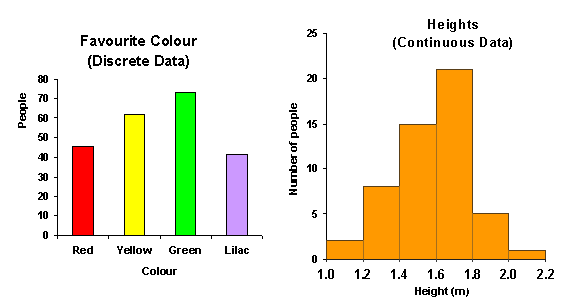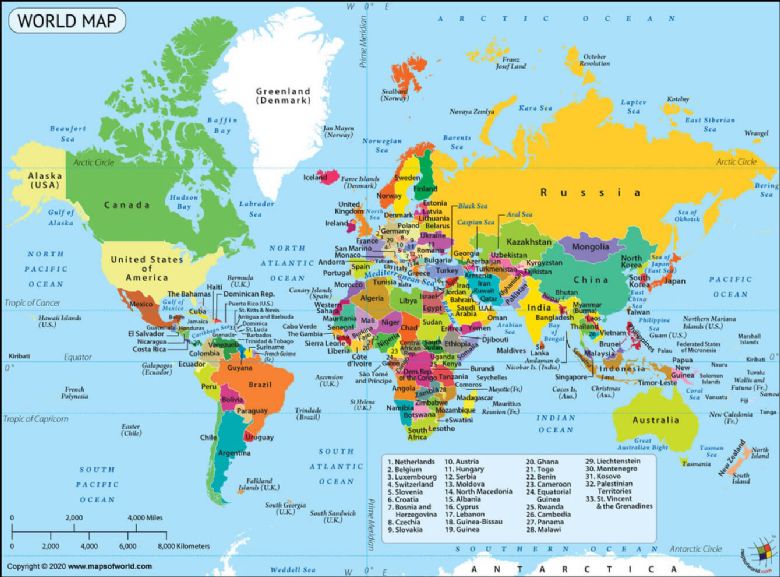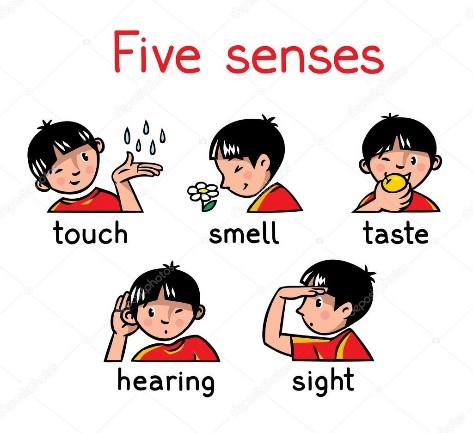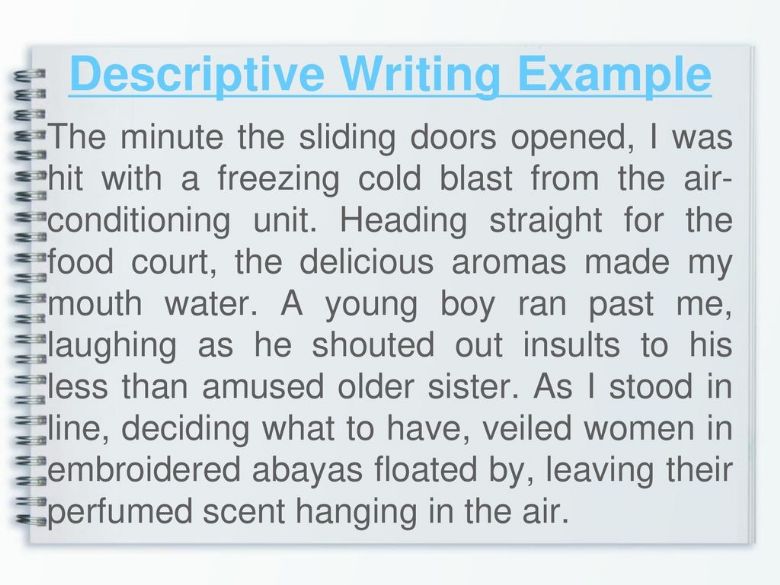Monday 11th January 2021
Good Morning Class 3,
Thank you so much for all your lovely birthday wishes last week. I had a fantastic day and here is the amazing cake my boys made me for me:


I hope you are all well rested and ready for another week of home learning. If you need anything at all please do email me and I will do my very best to help. My email is lsmurthwaite@four-elms.kent.sch.uk
Mrs Smurthwaite
|
Time |
Learning |
||||||||||||||||||||||||||
|
9-9:30 |
TT Rockstars – 2 studio sessions and 2 sound checks before you go onto garage. Don’t forget you can challenge me and I will be challenging you too! If you are a Lexia pupil, please use this time to complete your Lexia for the day. I will be checking and sending out certificates as you achieve them. |
||||||||||||||||||||||||||
|
9:30 – 10.30 |
Maths
LO: to know what discreet and continuous data is and understand how this is represented visually SC1: I can explain what discrete and continuous data is SC2: I can identify examples of discrete data and continuous data and be able to sort them into their respective category SC3: I can represent discrete and continuous data using bar graphs, ensuring that I use the correct key features for each What is a discrete data? What is a continuous data? TASK 1: Using the PowerPoint can you write a definition in your book to refer back to. TASK 2: Sort the examples of data into discrete and continuous. Can you explain why they belong in that category? Revision!! What is a bar chart? Can you explain in your own words what a bar chart is using your learning from last week. Refer back to the work you did if you need to. Look at the two bar charts.
One bar chart as discrete and the other continuous. What do you notice about the two graphs? With the discrete bar graph the graph has gaps and the labels for the bars go in the middle. With the continuous data there are no gaps and the labels go under the tick marks at the beginning and end of the bars. Now look at the frequency table about pets.
Remind yourself - what does frequency mean? Frequency means how many times somethings happened or how many there are. Remind yourself - what is a category? A category is the options that they can go into. How many categories are there on the frequency table? Is the data discrete or continuous? Will the bar chart have gaps between them or not? Now look at the graph that represents the data. When you draw graphs what are the three items we need? We need to know how to write a title based on the x and y variables. We need to label the x and y axis. We need to have a sensible scale. The line going towards the sky is the y axis. And the one going across is the x axis. Now look at the frequency table about height. Is this discrete or continuous? Will there be gaps between the bars? Have a look at the bar graph, were you right?
TASK 3: Have a go at the activity for today. Finally, can you complete these sentences to demonstrate your understanding. What is the difference between a continuous and a discrete bar graph? How do we know when to use a discrete or continuous bar graph to present the data?
|
||||||||||||||||||||||||||
|
10:30-11:00 |
Break time/snack time Exercise – e.g. mindfulness yoga, fresh air in the garden, run up and down the stairs seeing if you can get faster every time! You need to keep your body active so that your brain can keep active too. |
||||||||||||||||||||||||||
|
11.00 – 12.00 |
Geography Project
LO: to demonstrate my geographical skills SC1: I can locate the places Michael visited on a map SC2: I can make notes about key geographical information for each place e.g. hemispheres, longitude/latitude SC3: I can identify the climate of each country and the weather patterns it experiences Today you are going to use your locational and geographical knowledge to be able to plot the route that Michael took until he was stranded in Kensuke’s Kingdom. You can use any resources to help you e.g. if you have an atlas or a globe at home, google earth/maps. I have attached a world map at the bottom of the page to help if you need it. You need to use the blank world map, identify the places that he went to on the map and then have a go at marking on the route he may have taken. Finally you are going to add key facts including: Hemisphere, longitude/latitude (this can be found using google maps), the climate and the weather it experiences. Here are the countries that Michael sees/visits: Southampton, United Kingdom. A Coruña, Spain. Azores, Portugal. Canaries, Spain. Cape Verde Islands. Recife, Brasil. Río de Janeiro, Brasil. Saint Elena. Cape Town, South Africa Perth, Australia Sydney, Australia I have done an example so that you see what this could look like but you can design it how you would like. As you know, I have no printer so I am doing everything on the computer. You can do the same or print a world map and put your information on and around it. You are in charge of how to present y9our learning based on what you have available to you.
Finally, identify your success criteria. Then reflect on your learning. I have had lots of lovely comments from your parents about how much you are enjoying geography so maybe you can explain why you are enjoying it so much in your reflection. |
||||||||||||||||||||||||||
|
12:00- 1:00 |
Lunch |
||||||||||||||||||||||||||
|
1.00 – 1.15 |
Wellbeing Have a go at this Stormbreak Mindfulness all about resilience:
|
||||||||||||||||||||||||||
|
1:15- 2.15 |
English LO: to know how the sense can be used to describe and understand how they are used effectively to create imagery SC1: I can identify which senses have been used in a descriptive passage SC2: I can explain how the senses can be used to create powerful imagery for the reader SC3: I can describe a location using all 5 senses to create a powerful image for the reader
How To Use All 5 Senses To Unlock Your Fictional World ‘Write with all five senses’ is a brilliant rule for working on description; but how familiar are you with each? Sight, sound, smell, touch and taste are five simple details that help make your fictional world come to life.
Each sense is a powerful tool on its own way. Combined, they don’t simply describe the world that events take place in – they offer the reader a full, immersive experience. Look at the extract. Can you identify the senses that have been used? Underline each sense in a different colour.
1. Sight Visual description is the most commonly used of the five senses in writing. In our increasingly visual-driven world, you need a richly formed setting for readers to explore. And the key to that is all in the detail. Most of us rely heavily on what we see. You’ll bore your reader with paragraphs of flat description. Every word must work hard and do more than just provide a vague visual summary. Be specific. Make sure your visuals also enhance mood and themes. And remember, verbs and nouns can describe as well as adjectives and adverbs. Linking visuals to mood and character emotion makes description feel like a natural flow of the story. Show the reader what the character is feeling by the way they see: is the building ‘looming’ or ‘soaring’? Choose words that match and heighten character emotion. 2. Sound Sound adds extra depth and meaning to a scene. An old, dark forest takes on different tensions when the air fills with howling wolves, or with thick silence. The same way writers bring an image to a reader’s mind with description, they can do so with sound. Simply including ordinary, everyday sounds can heighten the sense of realism, and of being in the middle of the action. Sounds can be real, or imagined. A character full of fear might imagine footsteps behind them for example. Remember that whatever your characters are hearing, your readers should hear too. Sounds have a huge impact on humans. They can make us smile or cry, tense or relax. Various noises have associations that writers can take advantage of. For example, birdsong makes us feel safe, while creaking floorboards put us on edge. You can also control the volume and duration of the sound in your writing. Singling out and emphasising a single sound, such as a heartbeat or the trickling water, can adjust the mood and create tension. And just like a colour or object, sounds can be motifs and symbols too. 3. Smell Smell is often underused, but can be the most provocative of all senses. And unlike sight or sound, smell and the remaining of the five senses are experiences a novel can give, but a movie can’t. Smell is linked strongly to memory and nostalgia. This is because when our brain processes scent, it travels through our memory and emotion sections. The catch with smell is that it works best when a reader has a memory of it. If you have a new or unfamiliar smell, use similes or focus on the emotion the smell activates and let the reader imagine the actual scent. Smell is difficult to describe, simply because English doesn’t have a big vocabulary for it. But writers have learnt to expand on the few adjectives, borrowing from other senses, using nouns, metaphors and even verbs. From this, smell can take on a powerful presence in any story. Visualise what the smell does. Does it creep into your nose? Wrap around you? Follow you? Make you fly? This is an opportunity for you to really get your creative juices working. The scent of a rose could be described as pale, quiet and soft. A young boy could smell of lemon sherbet. 4. Touch Even if we don’t realise it, we’re always touching something. Our clothes. A keyboard. The pages of a book. The sense of touch is immediate; unlike the previous three senses, this one requires a physical connection. Touch is personal. Hundreds of people could look at the same scenery, hear the same traffic noises, smell the same bouquet of flowers — but typically only one person experiences the same touch sensation at a time. A glimpse of this sense links reader and character. We’re always touching something. So, naturally, we filter it out and don’t pay much attention to all the textures we come across in a day. Certain circumstances heighten our awareness of touch, such as unfamiliar objects or locations. Touch is a complicated sense. It’s more than detecting whether something is rough or smooth, or hard or soft. Touch also includes temperature, vibrations, pleasure and pain. It can activate a few nerves on your skin, or all the nerves down your body. 5. Taste Food is an important feature of almost every culture on earth. It’s the centrepiece of many festivals and holidays, and an integral part of our everyday lives. Taste is a subjective sense, and can reveal a lot about character and society. When describing taste, touch is another sense that is activated at the same time. Remember to also think about how different foods feel, what texture they have. Meals are often structured into our lives at certain times. So including taste in your writing increases readers’ awareness of the way time passes within the story. Taste is a particularly good sense to use if your story comes across foreign cultures – real or fictional. The changing flavours and customs as your character journeys make your reader feel as if they’ve travelled, though they haven’t left the chair. Describe more than food. You may think taste is only for when a character sits down to a meal, but things get into our mouths at other times. A character falls and get a mouthful of dirt. What does the dirt taste like? Maybe they bite an attacker to escape a kidnapping. Taste is also linked to smell. When your character comes across a particularly strong smell, they may actually taste the scent when they breathe in the air. ACTIVITY: In preparation for describing the place that Michael visits on his journey, we are going to have a go at describing using our senses. Watch this 4 minute clip that show you images of the jungle, animals living there and the sounds you would here. It can’t tell you what you would taste or touch but you will have to imagine that yourself.
Write a descriptive paragraph that uses all of your sense. Can you identify the senses you have used in your writing to ensure you have used all 5 effectively. If you are struggling with ideas, I have attached a word bank with ideas you can use to help you. Finally, reflect on where you are in your learning. How do you feel about your outcome and how prepared you are for writing the descriptions? Is there anything you think you still need to learn, find out or practise to be successful? |
||||||||||||||||||||||||||
|
2.15 – 2.30 |
Assembly
|
||||||||||||||||||||||||||
|
2.30 – 2.45 |
Story
Please listen to the story before guided reading as the chapter is what you will be answering questions about. |
||||||||||||||||||||||||||
|
2:45 – 3.15 |
Guided reading We are going to change the format a bit this week for doing your guided reading. I will read the chapter to you and then you can do the activity and answer the questions. There is a PDF of the chapter attached at the bottom of the page. Listen to chapter 5 ‘I, Kensuke’ Activity: Choose 10 ambitious words you don’t normally use. Look up the meaning in a dictionary and use each one in a sentence of your own. Comprehension: You can answer these questions verbally (like we would in class ) if you have someone to talk to about it or you can write down some notes.
|







